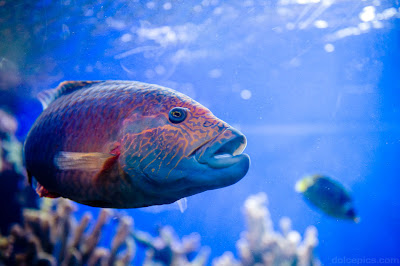Do you know about Maelifellssandur????????
Maelifellssandur
Mountainous countryside near Maelifellssandur, Myrdalsjökull Region, Iceland. Once the young lava fields of Iceland cool down, life begins anew little by little. Ice, wind and water flatten and carve out shapes to begin with, then, during the summer, bacteria, lichen and fungi prepare the soil for plants, in particular mosses which adapt to an environment which remains difficult. These plants colonise the most favourable sites and terrain little by little, forming a new ecosystem.
This is a wide sand and gravel plain north of the glacier Myrdalsjokull. North of it is the mountainous and colorful rhyolite and high temperature area called Torfajokull. The plain lies about 600 m above sea level. It is rather flat and barren and during the melting season, when large parts of it are under water, the travellers have to be careful not to get bogged down in the quagmires. The plain was named after a low, free-standing mountain, Maelifell, on its eastern part.
People crossing the interior areas in winter often encountered snowstorms and died of exposure. In 1868 four men perished and in 1968 two men as well, when their helicopter crashed. They survived the crash, but died of exposure.
This area is only accessible on foot or in rubust 4x4 vehicles.
Rhyolite
In North American pre-historic times, rhyolite was quarried extensively in eastern Pennsylvania in the United States. Among the leading quarries was the Carbaugh Run Rhyolite Quarry Site in Adams County, where as many as fifty small quarry pits are known.
Eruptions of this advanced form of Igneous rock are rare, only 3 eruptions of Rhyolite have been recorded since the 20th century, the eruptions were at the St. Andrew Strait Volcano in Papua New Guinea, Novarupta Volcano in Alaska, United States and Chaiten in Southern Chile.





Comments
Post a Comment